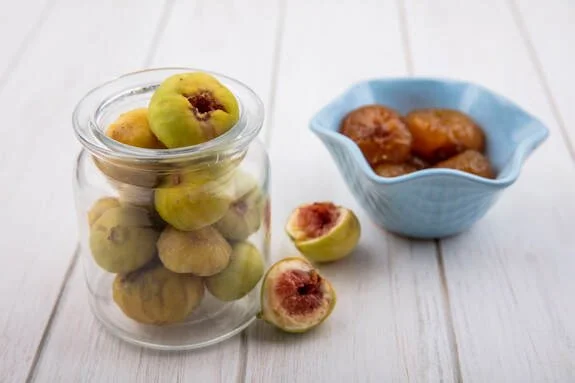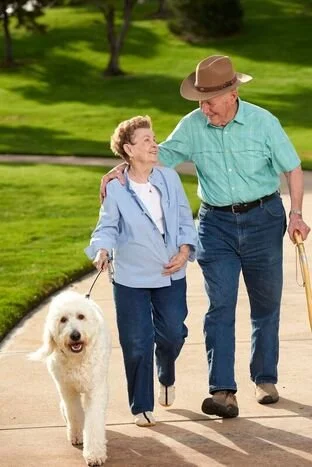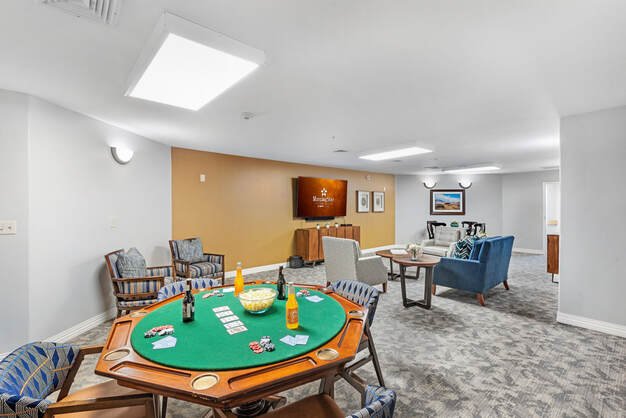Healthy Snacking Ideas for Seniors: Easy Bites That Support Steady Energy
Snacks can be more than quick treats between meals. For seniors, in assisted living the right snacks help keep blood sugar steady, maintain muscle, and prevent the sluggish feeling that comes from long gaps without food. The goal is to choose bites that combine protein, fiber, and healthy fats, rather than relying on sugary or highly processed options that cause energy to spike and crash.
What makes a snack “steady energy”
A balanced snack typically includes:
A source of protein to support muscles and fullness
Fiber to slow digestion and support gut health
A small amount of healthy fat for satisfaction
These elements help you feel comfortably satisfied rather than stuffed and can make it easier to avoid overeating at the next meal in assisted living Idaho Falls.
Simple snack ideas that work for older adults
You do not need complicated recipes. A few easy, mix and match options include:
Apple slices with a spoonful of peanut or almond butter
Plain yogurt topped with berries and a sprinkle of oats or nuts
Whole grain crackers with cheese or hummus
A small handful of unsalted nuts with a piece of fruit
Cottage cheese with pineapple or sliced peaches
Carrot sticks, cucumber rounds, or bell pepper strips with hummus
A hard boiled egg and a slice of whole grain toast
These combinations are easy to prepare, chew, and digest, which is important if appetite or dental issues are present.
Planning ahead makes healthy choices easier
Keeping a few key items on hand removes guesswork. Stocking the pantry and fridge with yogurt, fruit, vegetables, nuts, and whole grain options means that when hunger appears, there is something ready besides cookies or chips. Portioning nuts, trail mix, or cutting vegetables into small containers can prevent overeating and makes snacks easier to grab.
Paying attention to liquids
Sometimes what feels like hunger is actually thirst. Pairing snacks with water or herbal tea supports hydration, which is essential for digestion, joint comfort, and clear thinking. Sugary drinks are less helpful, since they add calories without much nutrition and can make blood sugar harder to manage.
Adapting snacks to your day
Think about when your energy tends to dip. Some people need a midmorning snack, others do better with a small bite in the afternoon or evening. Light snacks can also support medication schedules that require food. In many senior living communities, staff help residents coordinate snack times around medicine, activities, and personal preferences to keep energy levels more even.
Choosing nourishing snacks is not about giving up treats forever. It is about making most of your between meal bites work for you, so that your body has steady fuel to support movement, mood, and the activities you enjoy.















